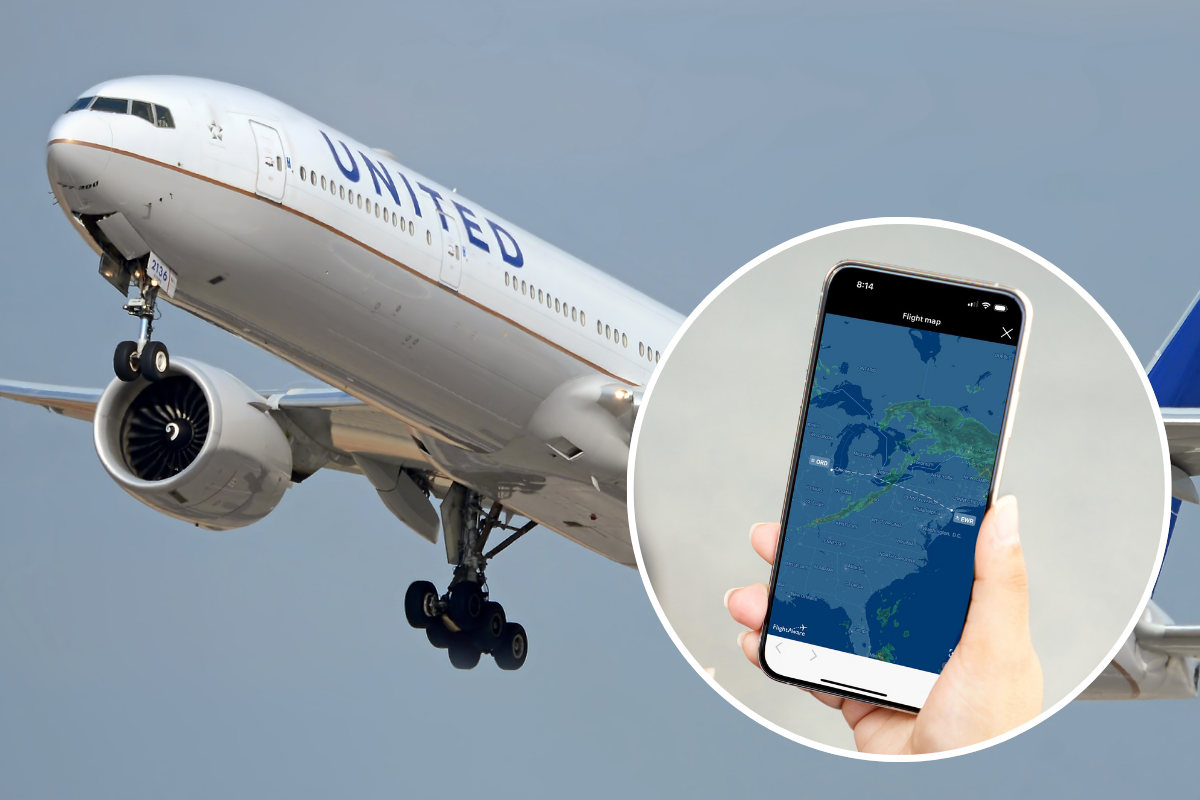
Have you ever wondered why your flight was delayed because the airline is claiming bad weather is snarling their schedule, yet it’s blue skies and calm at your departure airport?
If you have, you’re certainly not alone and its something that United Airlines receives plenty of feedback about. In fact, the Chicago-based carrier has had so many people question the accuracy of their flight delay excuses that they’ve decided to tackle the issue head on.
You see, just because the weather is fine where you are, doesn’t mean that weather events elsewhere aren’t having a big impact on an airline’s operation but trying to explain this to passengers can be a challenge – especially for an industry that seems to struggle at the best of times to communicate effectively with its customers.
That’s where United hopes generative AI will transform the way it tells passengers about flight delays with live weather radar maps showing customers how weather events in a totally different part of the country could be having a big impact on their flight.
This is a pretty big change for the airline industry which has traditionally been keen to gatekeep information about the reason behind a delay – I’m sure we’ve all heard an airline use the catchall phrase ‘operational reasons’ which doesn’t explain anything.
United has been challenging this lacklustre way of communicating with passengers for several years, employing a dedicated team of employees whose job is to write real-time updates about flight delays with detailed information that gives passengers a real reason behind the schedule disruption.
Whether it be because of a maintenance issue, crew delay, or bad weather, the team sends text messages to passengers as soon as possible with the latest information about why a flight has been delayed or canceled.
“We know customers appreciate transparency and by combining innovative technology-enabled tools with people power, we can give more people, even more in-the-moment details about their flight,” explains Jason Birnbaum, United’s Chief Information Officer.
“With more people traveling this summer than ever, we wanted to give our customers an easier way to stay connected to real-time information about their flight and texting was the simplest solution,” Birnbaum continued.
Sitting in United’s network operations center, the team can see in real-time which flights are about to get hit with a delay and then start using AI to write messages which can be sent to passengers with the full story.
In the case of weather delays, these messages will also include links to weather maps that will show how the weather in one part of the country is having an impact on flights in a totally different area.
Matt’s take
Why aren’t more airlines doing this? United has been sending out real-time information about delays with detailed information for several years now and they’ve proven a big hit with passengers.
Sure, passengers would rather their flight wasn’t delayed at all, but if things go wrong, transparent real-time information can really help customers take control of the situation.
I’m surprised other airlines haven’t followed in United’s footsteps, although the extra expense without an immediate and tangible financial return is probably hard for many airlines to fathom.
Mateusz Maszczynski honed his skills as an international flight attendant at the most prominent airline in the Middle East and has been flying ever since... most recently for a well known European airline. Matt is passionate about the aviation industry and has become an expert in passenger experience and human-centric stories. Always keeping an ear close to the ground, Matt's industry insights, analysis and news coverage is frequently relied upon by some of the biggest names in journalism.







